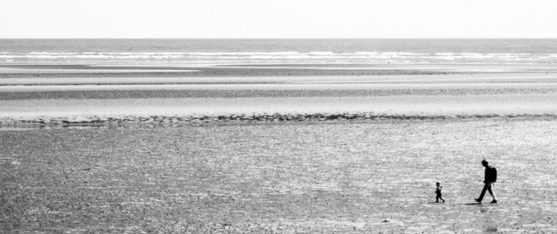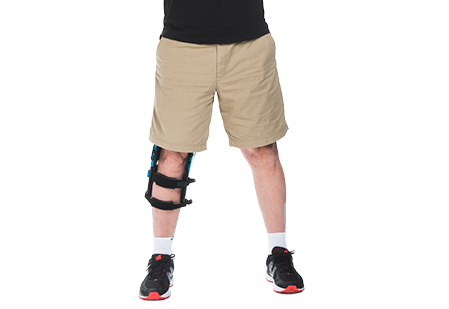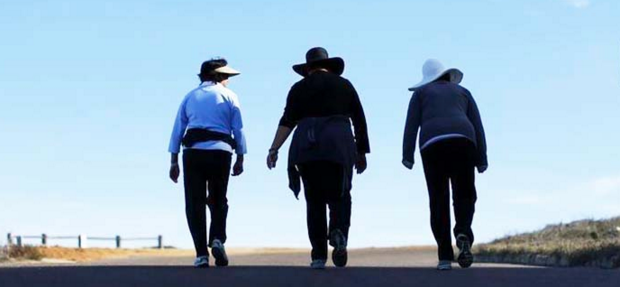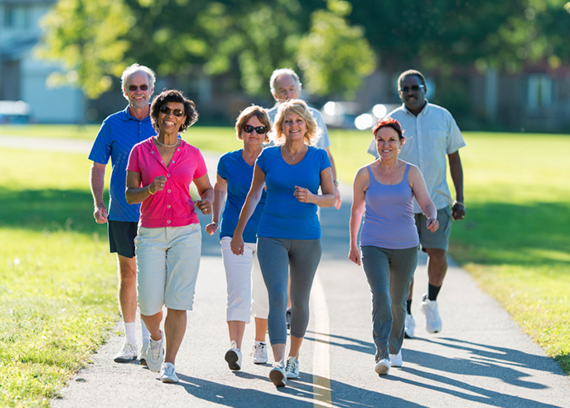Best Exercise for the Body
Human beings as a species developed over hundreds of thousands of years. What made us different from other hominids is the fact that we walked a lot. Generation after generation, our early ancestors moved about on their two feet over very long distances.
Their bodies reflected this activity.

We developed large weight-bearing joints in the feet, ankles, knees, and hips.
Half of our body size is in the legs.
Our shoulders can swivel around the axis-spine so we can keep our head straight while walking forward.
Our skin has more sweat glands than any other animal to grant us the most-efficient cooling system.
In fact, almost everything about the human body indicates our walking nature dating back to early history of humankind.
Walking is essential for being human.
The act of walking over so many generations has molded our bodies and body systems.
Walking keeps our joints healthy, our back and neck erect. It maintains natural healthy curves in our spine, and keeps our heart, lungs, digestion, and skin healthy.
However, in the last few decades we have become sitting human beings.
Most people do not walk very much anymore.
Unless they have a dog, walking for most people amounts to their trips from kitchen to living room, from bathroom to bedroom, from house door to car door.

What happens to the human body that does not walk?
Here are a few “adaptations” seen in modern humans addicted to sitting:
- Joint cartilage (articular space between two bones) is not stressed by regular walking, so it becomes soft and porous and more prone to wear and tear. Perhaps, this is why we see so many joint replacements.
- The pelvic bones widen and flatten in a sort of molding accommodation to adapt to the seat, causing a flat-butt appearance.
- The sacral ligaments loosen and weaken to accommodate for the seated pose, destabilizing our sacrum as the postural center.

- The hips joints rotate externally/outwardly in a seated pose, causing toes-out stance, and tight hip muscles.
- Hip flexors and hamstrings shorten permanently.
- Natural spinal curves (lumbar and cervical) disappear in a seated pose, favoring a single forward leaning curve.
- The spine loses its ability to absorb shock and becomes incapable of upright balance.
- Shoulder joints move forward, ‘winging’ the shoulder blades and stressing the muscles in mid- and upper-back.
- The harmful effects of prolonged sitting on the internal organs (digestive, reproductive, respiratory health) are too many to list.
Many people ask me how to begin running – how to prepare for a 5k, or another race.
I always respond with: “How many miles a day do you walk?”
Usually, the answer is “I don’t walk” or “I walk on a treadmill for twenty minutes a couple of times a week.”

Gently, I try to communicate the idea of “first the baby learns to walk, only then to run.”
If you have a seated lifestyle, as most of us do, the above-mentioned patterns are in your body. I admit myself that my spine is not as balanced as it could be, and that my shoulders rotate inward winging out my scapulae.
Therefore, one should not get up, retaining their ‘seated body-mold,’ put our running shoes on, and start running right away. We run still carrying the proverbial chair on our butts and backs.
When we walk, we begin to lengthen our hip flexors, activate our core muscles and butt muscles, and awaken our spine. Once the body gets accustomed to the walking habit, then we can talk about running. Otherwise, we are bringing all of our tensions into the run. No wonder so many people get hurt when they start running.
Ideally, every human should be walking a minimum of five miles every day. That is what our prehistoric ancestors did.

Next time you go for a walk, hopefully within the 24 hours of reading this article, pay attention to your posture, your spinal curves, your stride, the hip swing and the arm swing, the shoulder swivel, the head carry, and so on. It’s really a miracle to observe your own body moving and effortlessly coordinating so many tasks.
For tips on safe walking, please refer to AFMC’s 30 Top Tips for Safer Walking (https://afmc.org/afmc-healthspot/30-top-tips-for-safer-walking/).